Editor’s note: For all you BMW fans – and those looking from afar – this review of the second-generation, 2023 M2 comes from our colleagues at Hagerty US, with some edits for the UK market. We look forward to driving it here in the UK, soon…
As we looked over the sky-coloured BMW M2 parked in front of us, it brought to mind other significant blues: Laguna Seca. Estoril. Interlagos. And now this hue, Zandvoort, another shade named after a famous race track that plays host to the Dutch Grand Prix [also available in the UK – Ed.] It’s an eye-catching colour on a particularly eye-catching car – squat, wide-winged, and striking from every angle. To call the new 2023 M2 pretty would be generous, but it definitely makes an impression.

Such visual presence appears to be increasingly important for BMW designers, but if there’s one new car that M division engineers should be proud of, this is it. The most compact and lightweight of today’s all-out M cars, the M2 remains the pure driving enthusiast’s choice in BMW’s lineup. It’s available exclusively with rear-wheel-drive and two doors, just like the original model that arrived in a cloud of tyre smoke in late 2015. Under the bonnet sits the most powerful turbocharged straight-six to appear in an M2, and a six-speed manual gearbox is standard.
For all this, BMW fans will be thankful. Less thankful will they be that the 2023 M2 has grown in most appreciable dimensions, including an extra 4.1 inches from nose to tail. The car’s 180.3-inch length and 55.2-inch height places it in between the E46-generation (2001–06) and E92-generation (2008–13) M3 coupés. While today’s M3 saloon and M4 coupé have become genuinely large, not to mention the new M3 Touring reviewed here, the outgoing M2 still felt like a small performance coupé. The newest one is more like “small-ish.”
The size creep is the result of the shared platform architecture, chassis components, and common engine (codename S58) with its modern-day M3/4 siblings. At 1730kg with a manual transmission (the eight-speed auto adds 24 kilos), the new M2 is more than 91kg heavier than the outgoing generation and barely lighter than the M4.
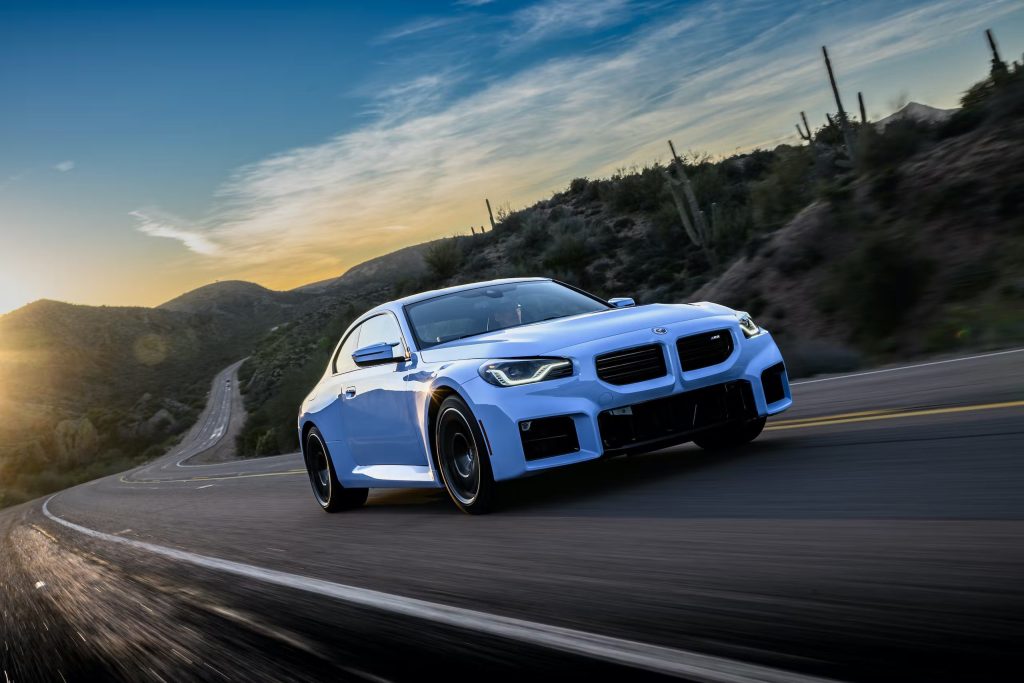
We met the new M2 at BMW’s media launch in Prescott, Arizona. All flares and nostrils, the car has a creatine-diet, race-car-like vibe going on. At the same time, it’s clean to the eye – no tacked-on clutter, no trim rings around the grille or needless wheelarch vents. In photos the M2 appears awkward, if not a little ungainly, but its hulking stance does it a lot of favours in person.
BMW is still figuring out how to evolve the styling of its trademark kidney grilles, and in the M2 they are better integrated with the rest of the car than in the M3 and M4. The geometric-shaped light signatures and rectangular air intakes add a techno-bulldog counterpoint to the rest of the car’s rounded, yet muscular design.
It’s not only bigger and heavier but a more expensive car. The start price for an M2 in the UK is £65,885, or to put it another way, slightly more than £20,000 more costly than the original M2 when it went on sale in the UK, and somewhat ironic given part of the original car’s appeal was its comparative value for money. And that’s before you play around with the configurator and spec a few optional extras, or open the M Performance parts catalogue for the full buffet of carbon bits, gorgeous 19-inch forged wheels, and a long list of other accessories.
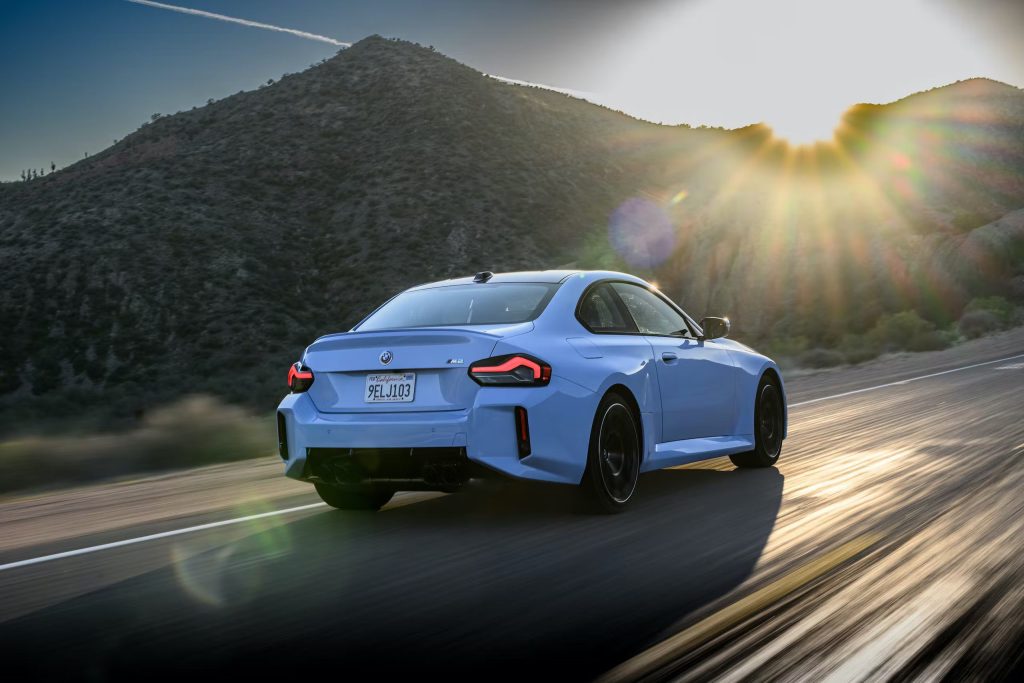
The interior is airy by today’s standards, especially compared with that other BMW coupé, the Toyota Supra. The M2’s upright windshield angle and the shallow-depth dashboard help the front end of the car feel smaller from the driver’s perspective, and keep the cabin tidy, not cramped.
Our test car came fitted with the attractive-looking standard M Sport seats, replete with glowing M emblems nestled in the headrests. Though they’re on the firm side, and the seat bottom angle wouldn’t adjust as much as we’d like, the buckets effectively held us in place through corners and proved comfortable over a two-hour drive. Our co-driver, another journalist, was 6’4” and felt equally at ease inside the M2. Combined with sunroof delete that’s part of the carbon-fibre roof option package, he would’ve had plenty of room to wear a helmet.
For extra support, BMW offers the same M Carbon bucket seats as in the M3/4. Skirt wearers and those who prefer to skip yoga may want to stick with the standard seats; the bolsters on the Carbons are snug, but they’re enormous and remind you of that with each ingress and egress.
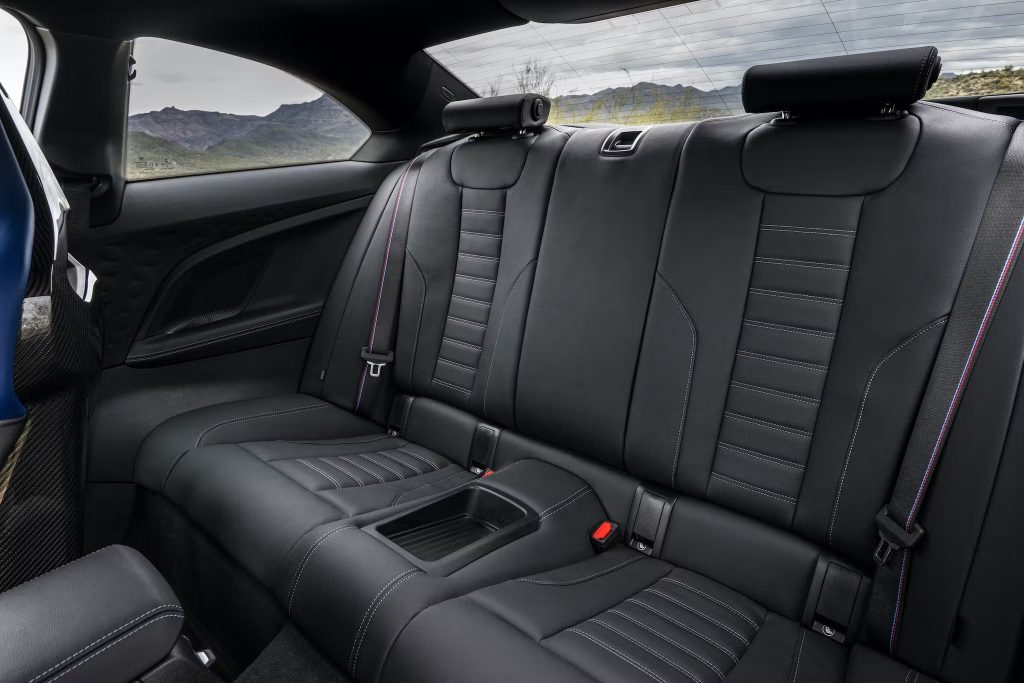
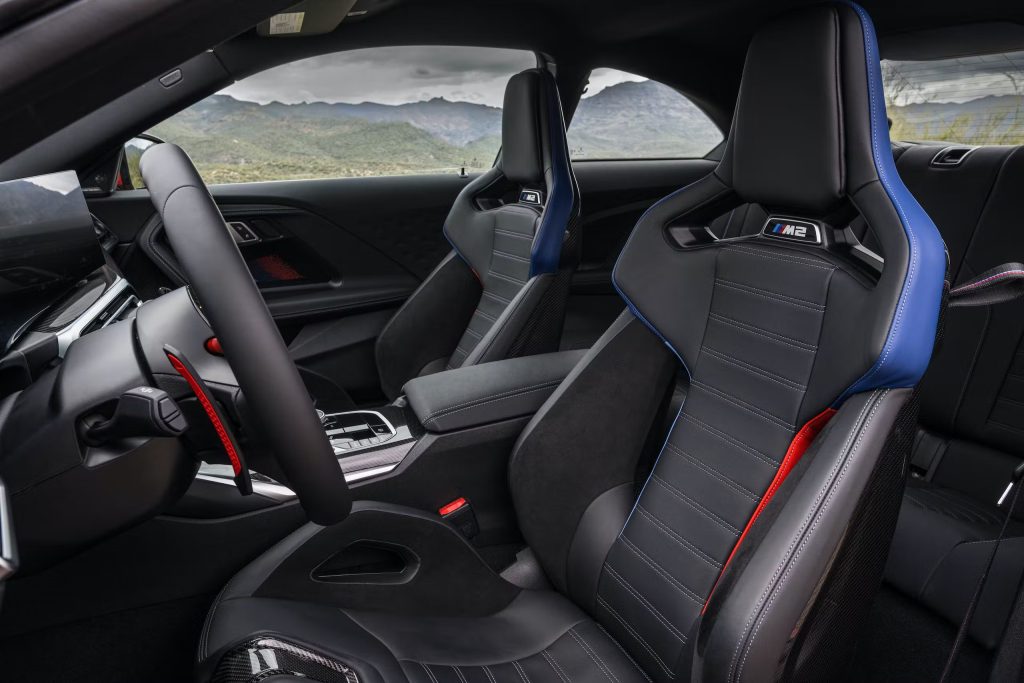
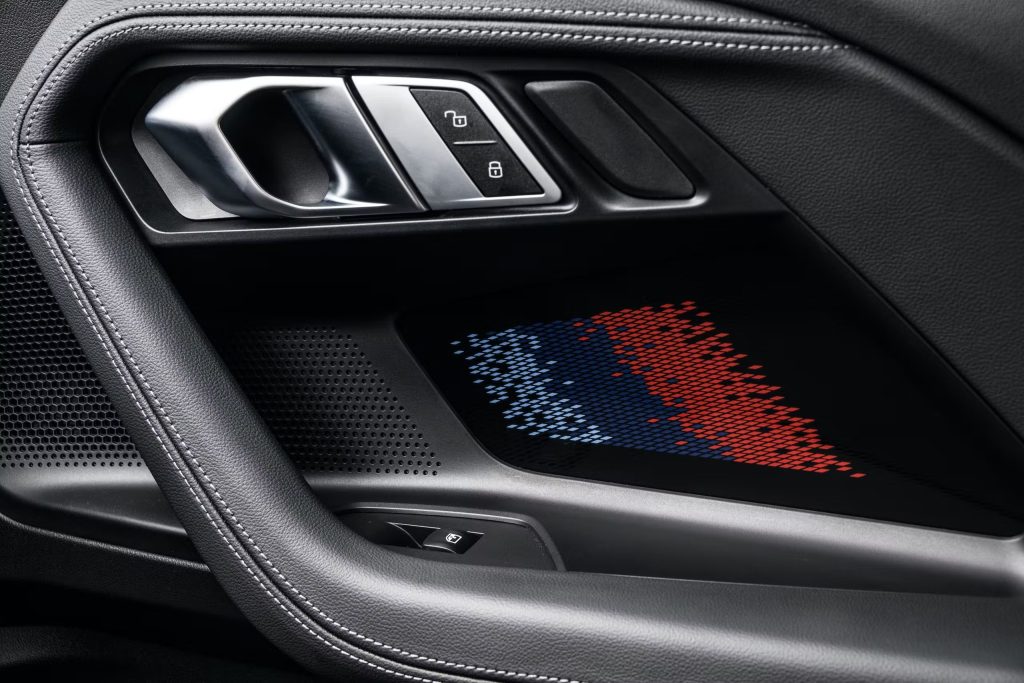
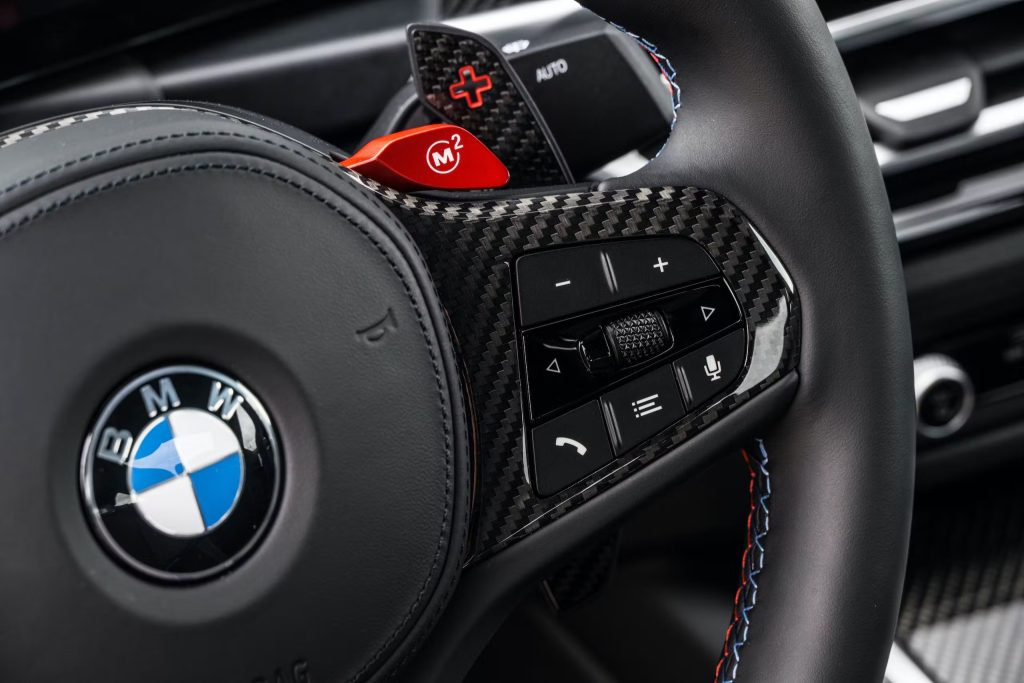
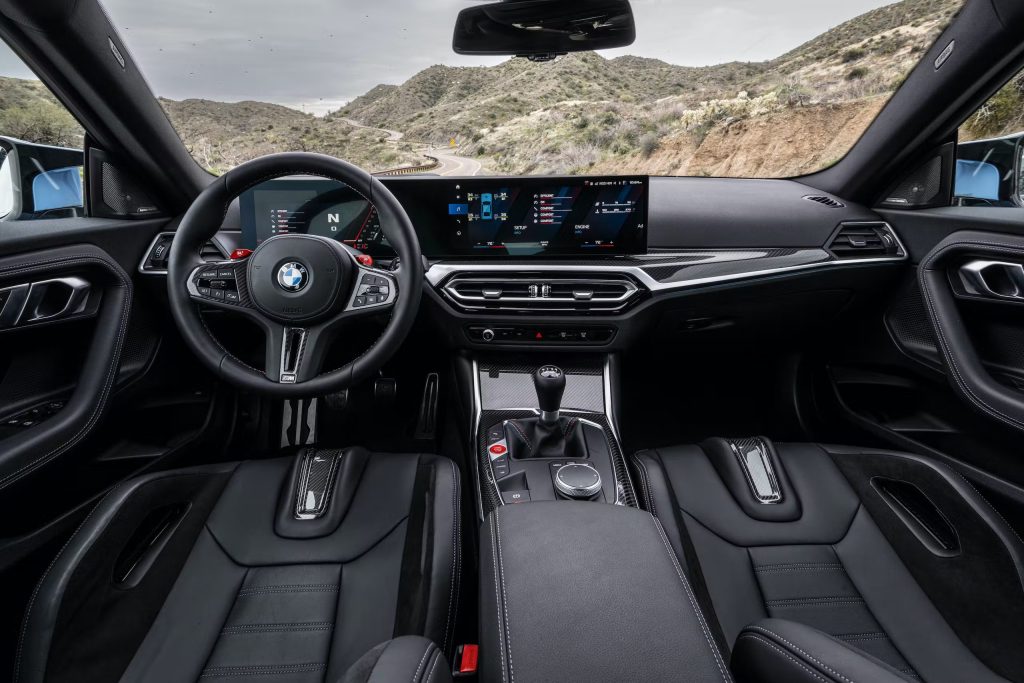
Despite the larger footprint compared to the last M2, the rear seats are still more suited for stuff than passengers. A couple of friends would be fine in a pinch, over a short distance, but mothers-in-law may not feel the same way. The rear seats do fold down to accommodate larger items, and an extra set of wheels and tires for track days would slide in without issue.
The interior is cleanly laid out. Gone are the analogue gauges and binnacle from the prior M2, replaced with BMW’s curved display that seamlessly features a 12.3-inch screen ahead of the driver and 14.9-inch screen for the navigation and infotainment. The iDrive 8 interface is reasonably intuitive; aside from a time-consuming effort to reset a confused navigation system after we doubled back on one of the more fun sections of road, everything was easy to control on the fly. Plenty of physical buttons that serve as shortcuts helped.
The dash and door materials look and feel… fine. That’s par for the course in the 2 Series’ entry-level luxury segment, which at this performance tier and price point includes the Audi RS3 and Mercedes-AMG CLA 45. BMW says that it prioritised the driving experience over material panache in the M2.
If that’s the trade-off, we’re on board. Under the M2’s hood resides a detuned version of the same magnificent twin-turbo straight-six as in the base M4. In this guise it produces 454bhp and 406lb/ft of torque, improving on the previous-generation M2 Competition by 48 horses and equaling it on torque. A six-speed manual transmission is standard, but it won’t cost you any extra dough to choose a ZF-sourced eight-speed automatic instead. Between the rear wheels sits an electronically-controlled limited-slip differential.
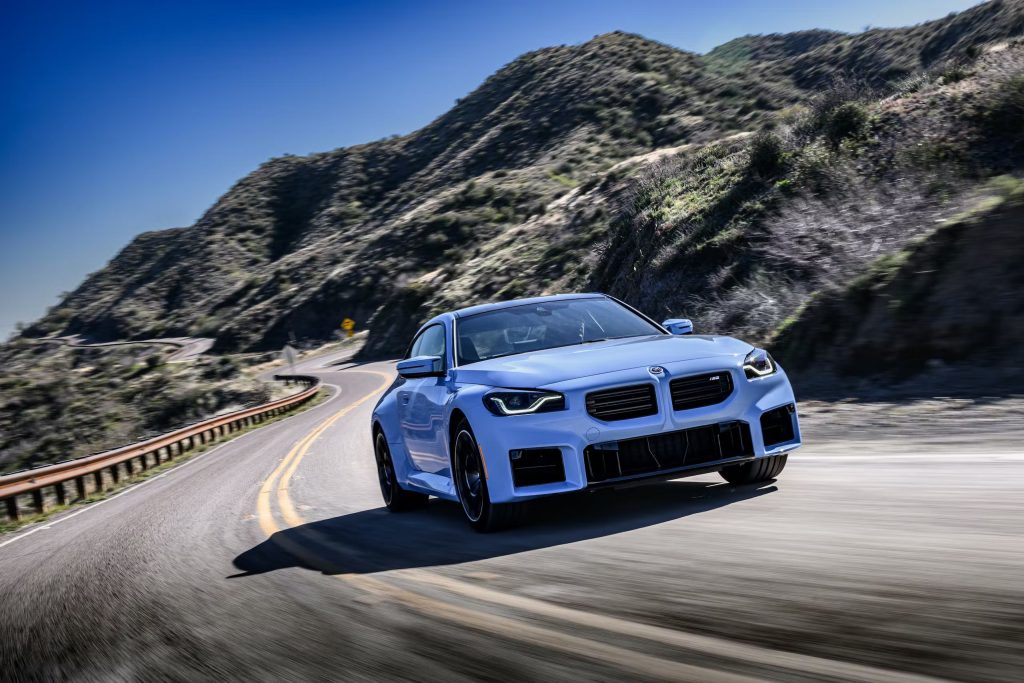
We hit the road and headed for the twisty mountain routes in and around Prescott. In some cars, an outstanding trait or dominant personality quirk makes itself plain within a few miles, or even feet. That wasn’t the case with the M2. Everything felt easy-going and smooth at first, with lots of usable torque at lower revs; Prescott sits a mile above sea level, at 5367 feet, but you wouldn’t know it with how well the S58 breathes all across the rev range. Peak power comes at 6250rpm, just a grand or so below the roaring 7200rpm redline. Those upper two thousand rpm is where the M2 starts to come alive – willing in its response yet always linear in its delivery, much like the best naturally-aspirated BMW straight-sixes.
Winding through Arizona’s rock-strewn hillsides, the M2’s chassis mostly kept up with its fabulous engine. Through the thick steering wheel we got a clear sense of the car’s copious front-end grip and quickly trusted the M2’s nose. Despite that, steering feel and feedback isn’t quite as granular as you’d hope for. The relatively short wheelbase (2.1 inches longer than the prior M2’s, but still 4.3 inches shorter than the M4’s) enables confident pivots and controllable rotation. There’s also just enough roll to communicate to the driver when and how the M2 takes a set. Damper control, however, is where this chassis falls short; some undulations bring out too much rebound, occasionally keeping the car from feeling fully planted.
We spent the most time in an M2 with the eight-speed automatic. With the drivetrain left in its most relaxed setting, Comfort, the ZF gearbox occasionally behaved as if it were a little too comfortable. Even the calmest setting in a car like this should be adroit enough to react with downshifts when necessary. That’s a minor gripe for what is otherwise a very responsive and crisp automatic, at least on public roads.
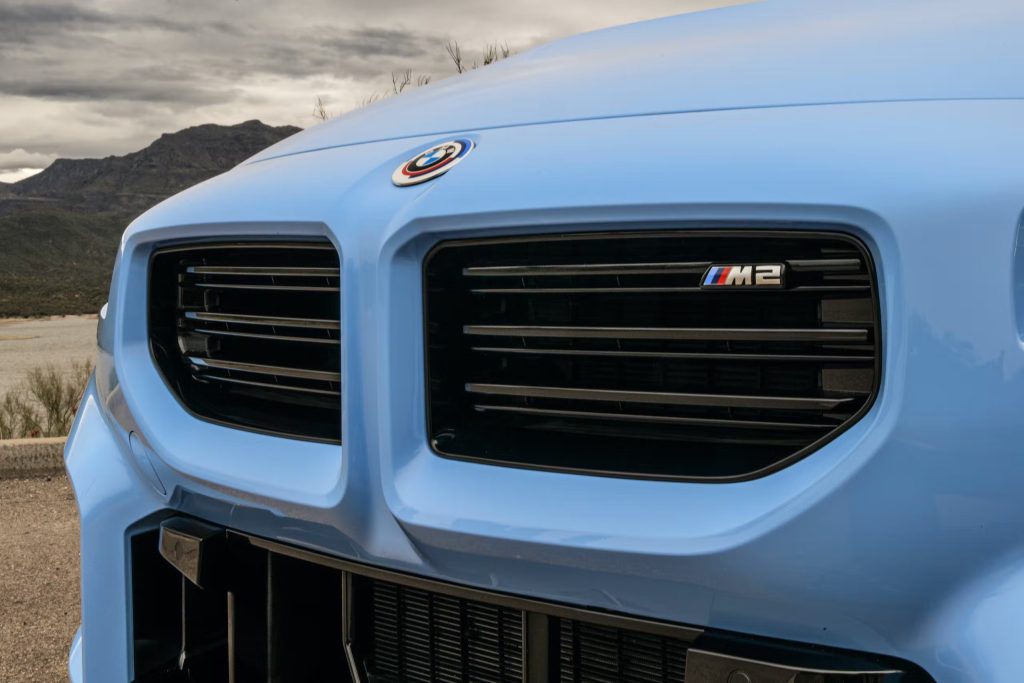
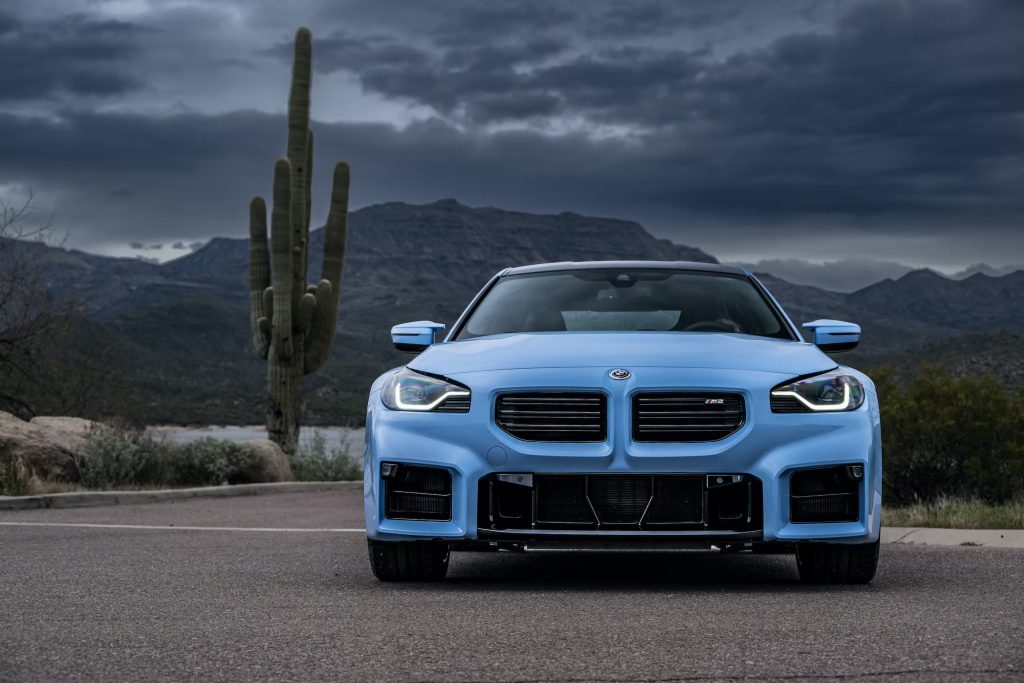
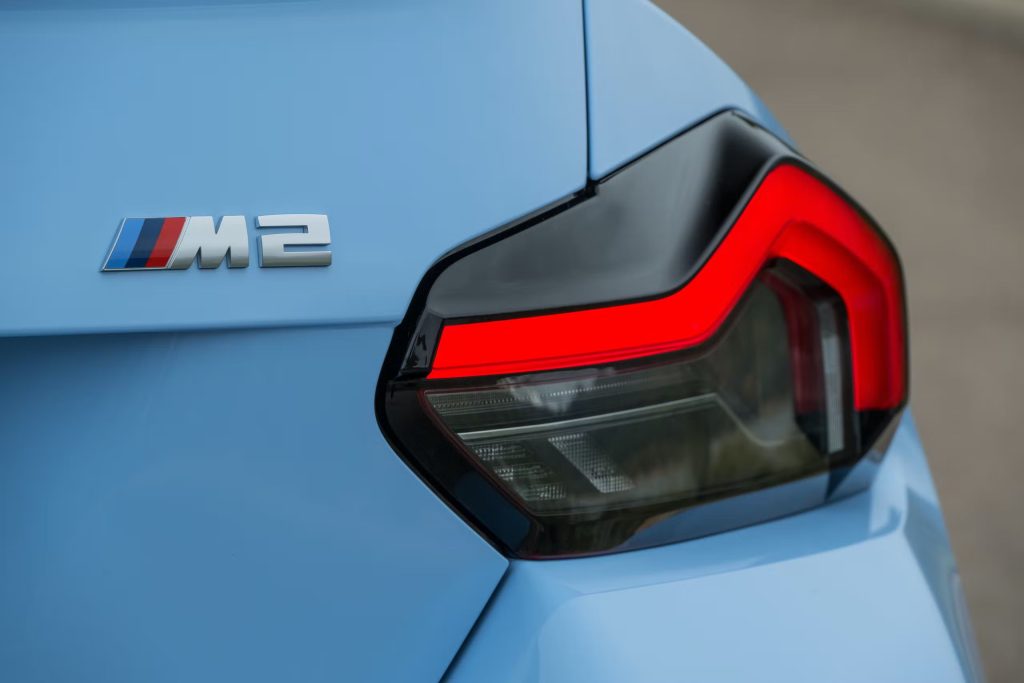
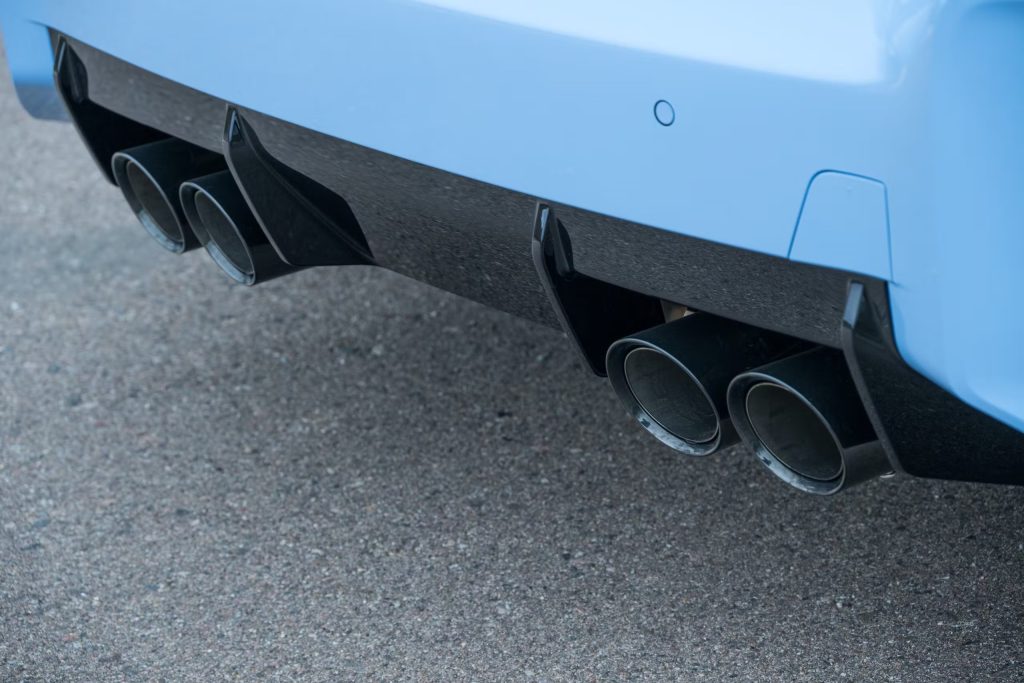
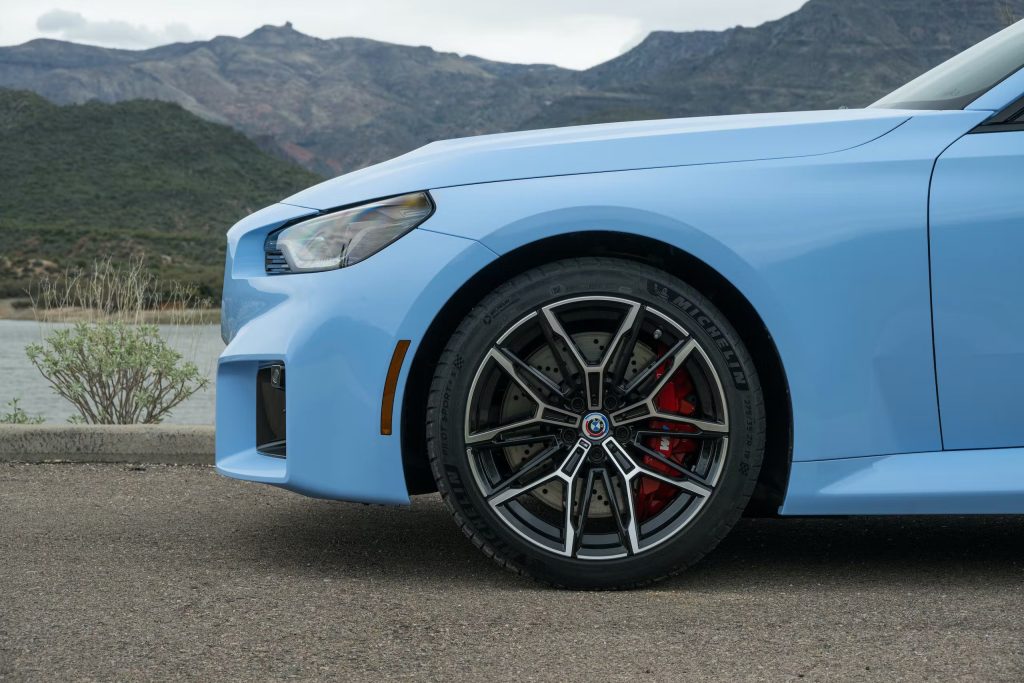
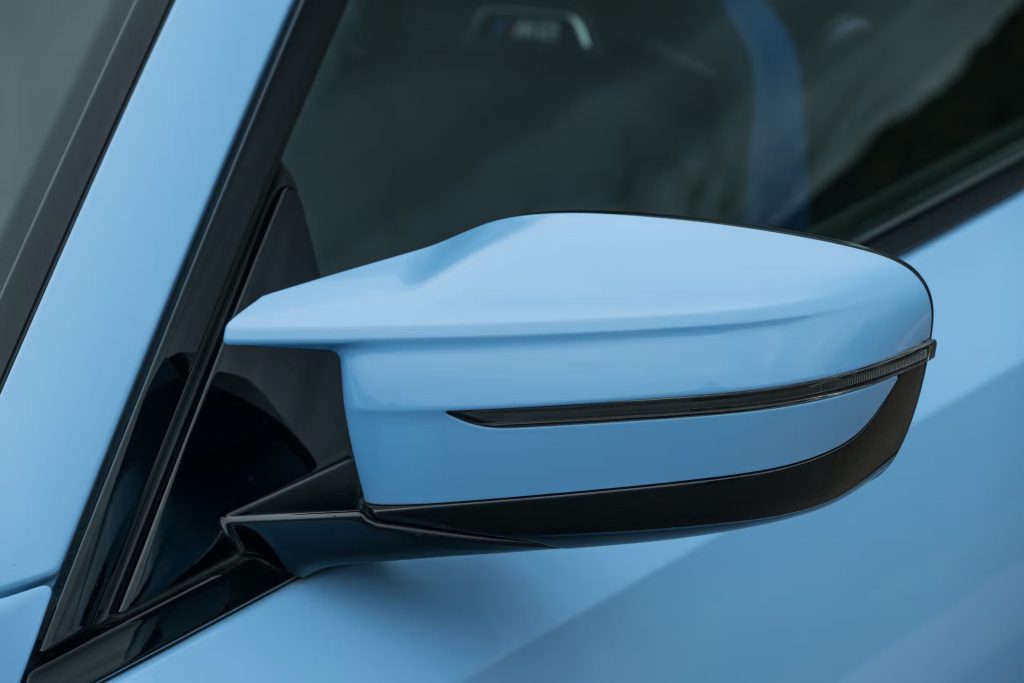
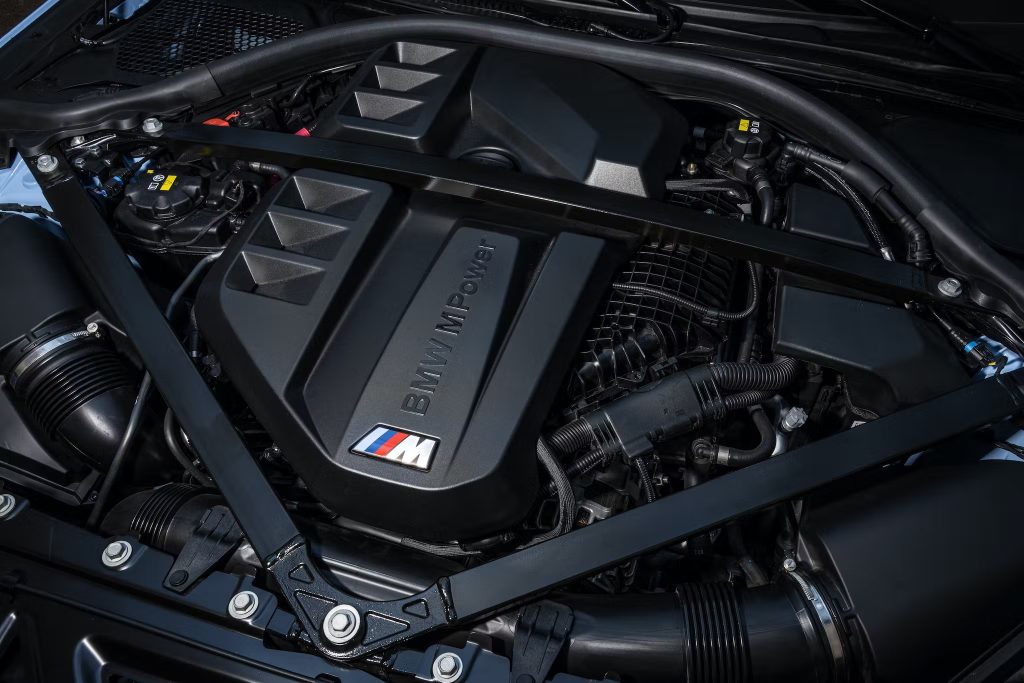
We briefly sampled a manual M2, as well. There’s an argument for modern automatics, especially when paired with torquey turbocharged engines, but three pedals suits this kind of car. The lever is precise and gear selection is well-defined, if a little notchy. To this author’s right hand and left foot, it’s a more mechanical, direct interaction than in the current M3. BMW wouldn’t provide its anticipated take-up rate for the manual other than to say it would be “significant.” Here’s hoping it’s enough that the suits in Munich see the wisdom in keeping it around for us drivers.
Whether you row your own or not, the M2 experience is at its best when the engine, chassis, and steering settings are dialed in to your liking. For us, that meant Comfort for the brakes; Sport for the dampers and steering; and Sport Plus for the powertrain. Regardless, these settings do a good job occupying a clear space on their relative spectra, never getting too soft or too firm. A ten-stage traction control system, not fundamentally different in philosophy to GM’s Performance Traction Management system, effectively and easily scales the degree to which the M2’s electronic saviours look over your shoulder. You can still get away with a little tail wiggle with them fully enabled.
That playfulness is what really separates the 2023 BMW M2 from its bigger M3 and M4 siblings. It remains the most driver-oriented, most engaging, most focused car in the M stable. Cadillac’s CT4-V Blackwing may have the more eager and agile chassis, and the Audi RS3’s five-cylinder may be the more special engine, but the latest M2 is a good reminder that there’s still a good bit of Motorsport know-how in the halls of BMW M. We’ll take ours in blue, or rather, Zandvoort.
Specs: 2023 BMW M2
Price: from £65,885
Engine: 3-litre twin-turbocharged inline-six
Transmission: Six-speed manual or eight-speed torque converter automatic, rear-wheel drive
Horsepower: 454bhp@ 6250rpm
Torque: 406 lb-ft @ 2650–5870rpm
Weight: 1730kg / 1754kg (manual / auto)
Fuel economy: 28mpg (combined)
0 to 62 mph: 4.3 / 4.1 seconds (manual / auto)
Top speed: 155 mph (177 mph with M Driver’s Package)
Read more
2021 BMW M4 review: Fast but never furious
Icon vs Underdog: BMW M3 E36 vs Mercedes C36 AMG
New BMW M3 Touring review: The one-car solution? | Henry Catchpole – The Driver’s Seat


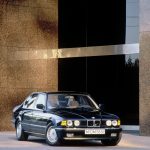
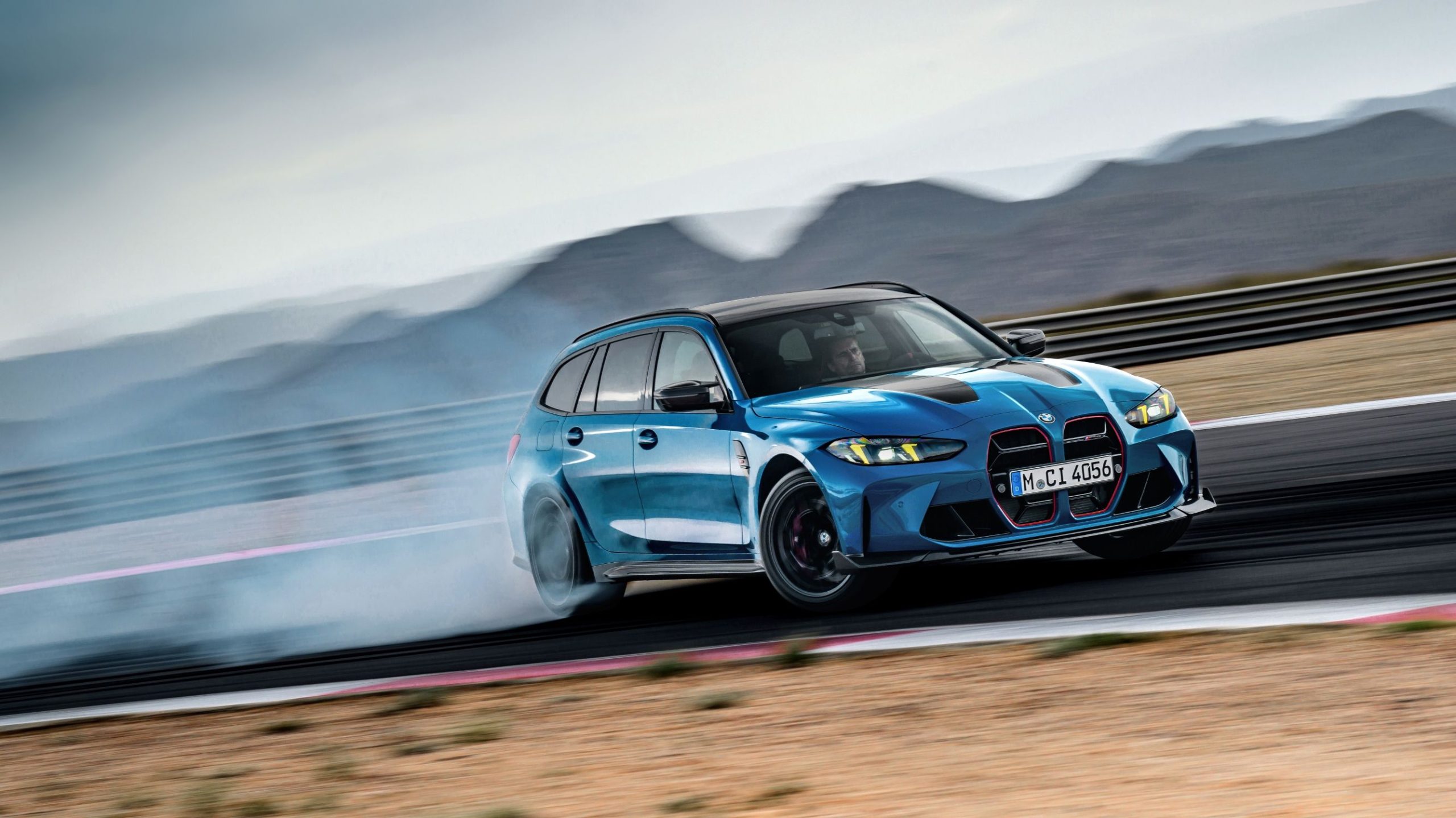
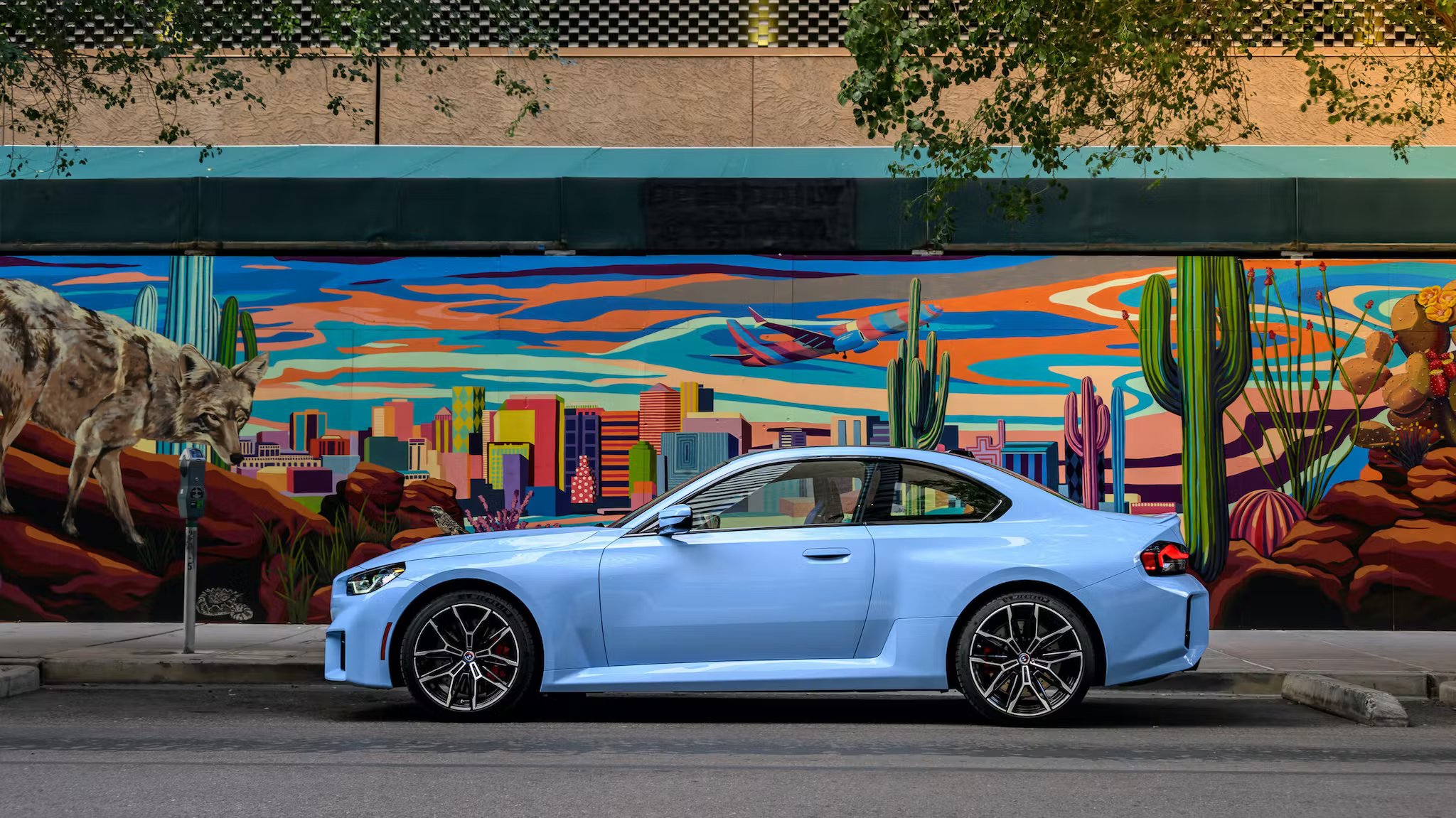






Finally, after some horrible front ends, the grills look great and in proportion.